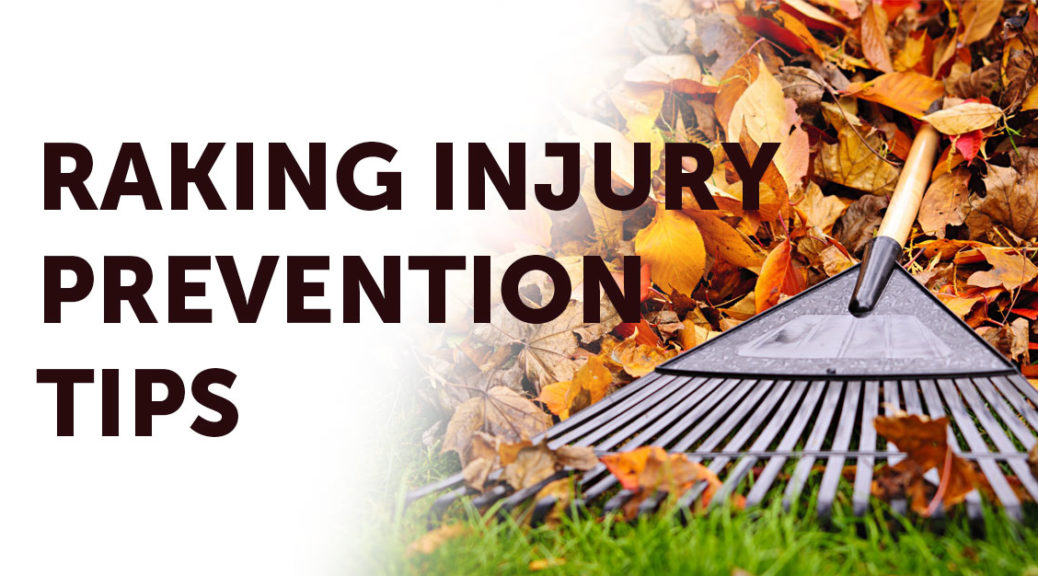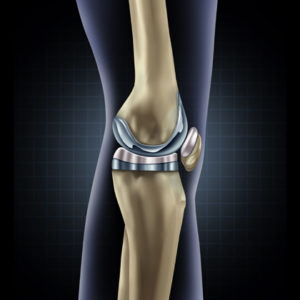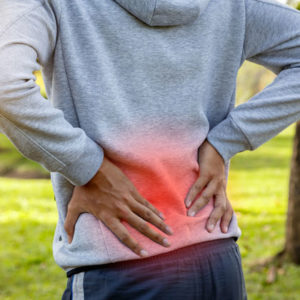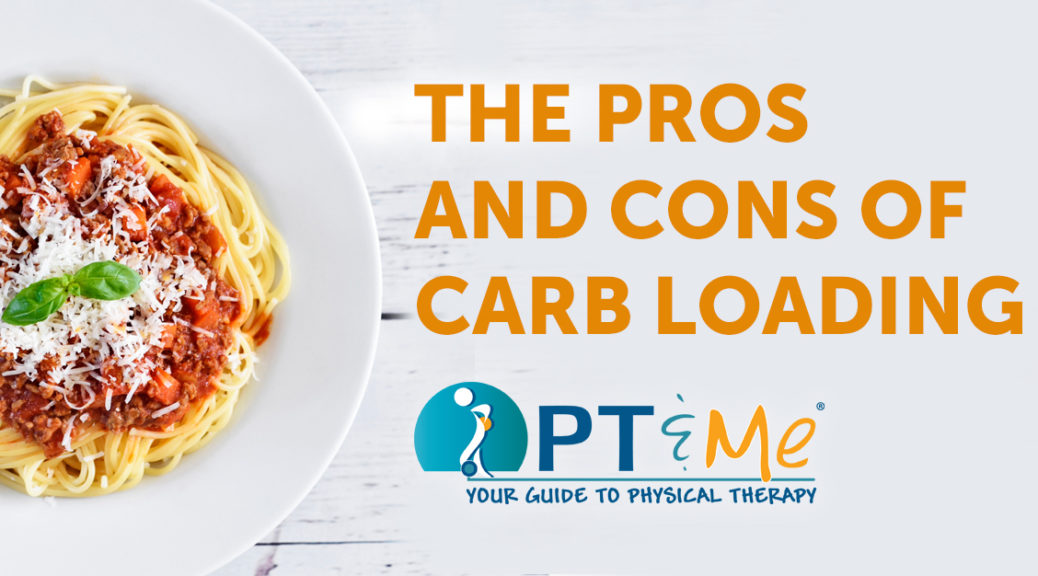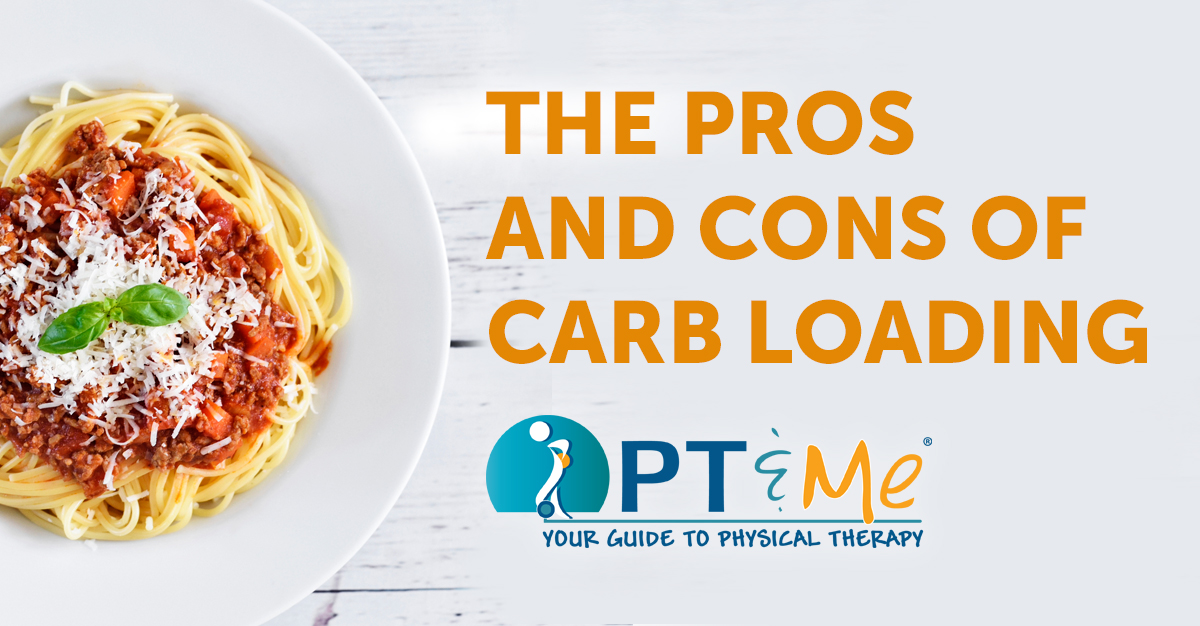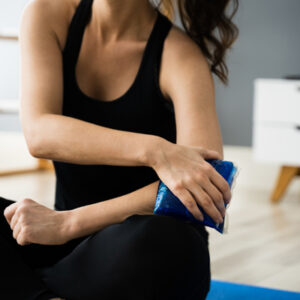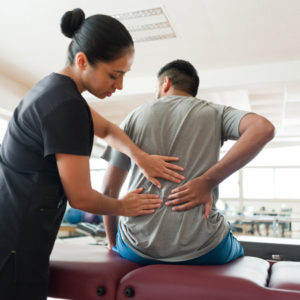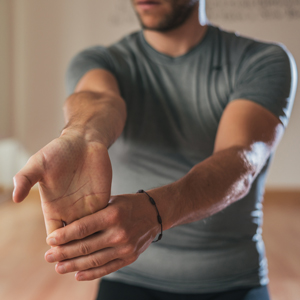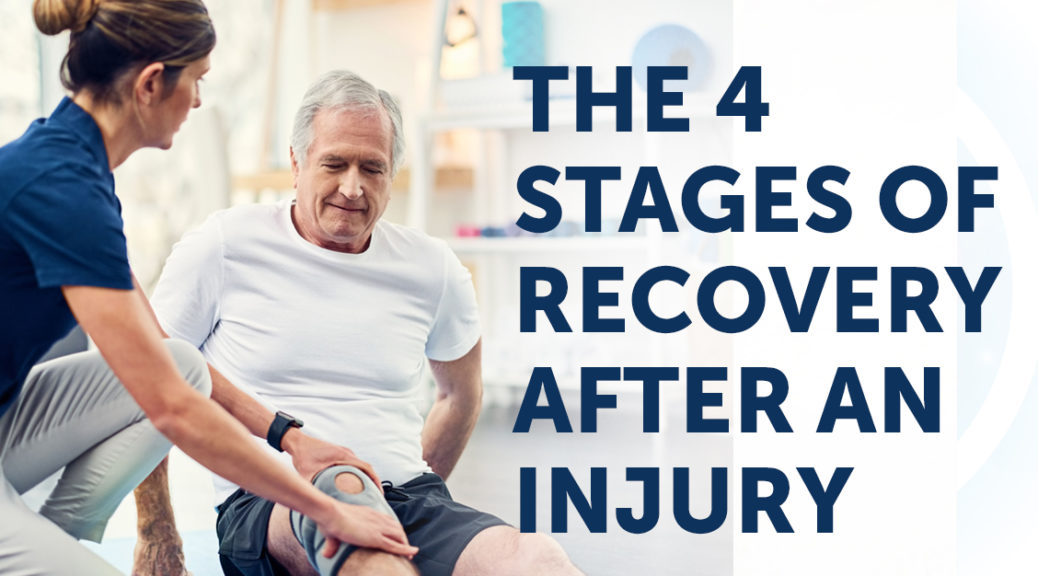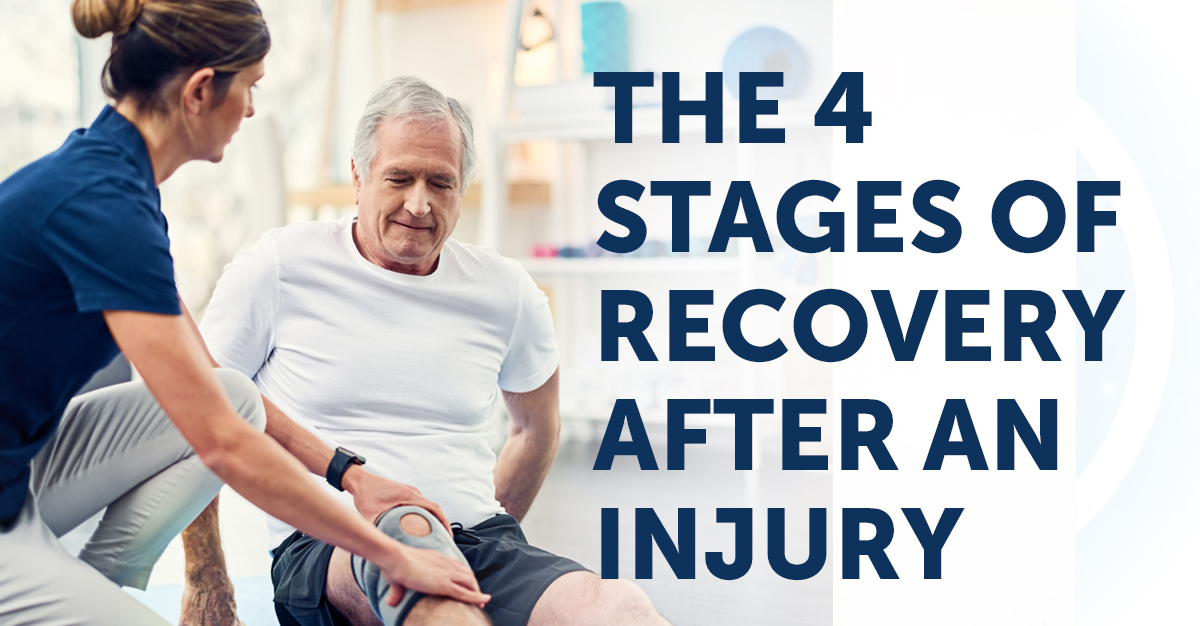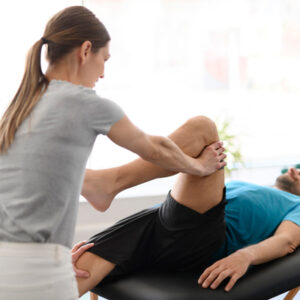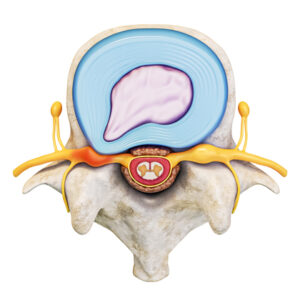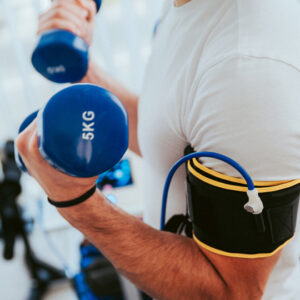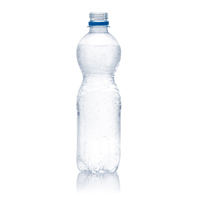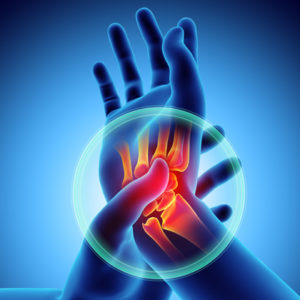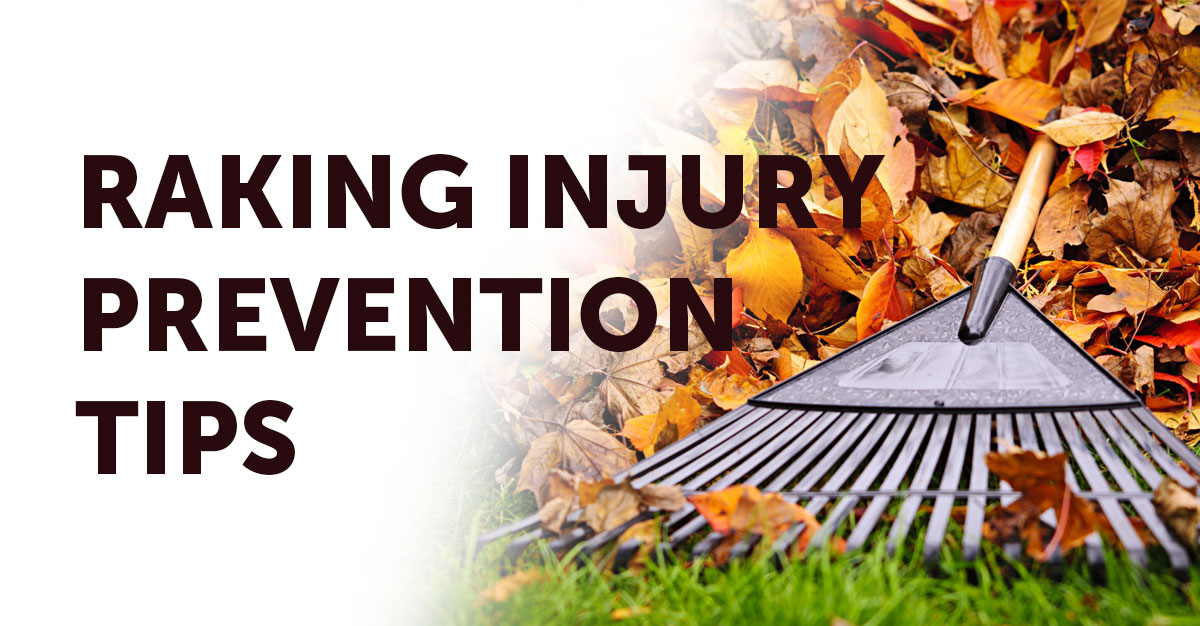
It’s Fall again! time for hot chocolate, bonfires, and watching the leaves turn. It’s the best time of year but Autumn does come with some challenges. One of the biggest challenges is yard work because when those leaves fall it’s time to rake them. On the plus side, yard work such as raking leaves count as moderate exercise! Now some not-so-good news: it is very easy to injure yourself if you are using improper techniques. The colder weather already puts you at risk for muscle pain- muscles constrict in cold weather and are more prone to cramps and strain. Add to that all of the twisting, turning, bending, pulling, pushing, and reaching of raking. And since these are seasonal activities, you are probably using muscles that may not be as limber as expected. All of these factors can contribute to injury. Common injuries include upper or lower back strain, neck pain, and shoulder pain.
Here are some of our Raking Injury Prevention Tips!

General Tips:
- Do stretching exercises before and throughout your yard work
- Stand as straight as possible
- Bend at the knees, not the waist, when you pick up things
- Look into purchasing ergonomic tools. An ergonomic tool has been engineered in such a way that it helps protect you from injury
- Avoid repetitive twisting and turning
- Take breaks. This will allow your muscles to rest and will minimize strain.
Raking Tips:
- When raking leaves, use a “scissors stance.” Right foot forward and left foot back for a few minutes, then switch
- Hold the rake handle close to your body and stand up straight
- Change sides frequently to avoid overusing one side of your body, but avoid twisting when you pass the rake from one side to the other
- When leaves are under the rake, pull them straight back towards your body
If you experience a winter injury from raking, fall sports, day-to-day activities, etc. please don’t hesitate to find a physical therapist. They will be able to take a look at the injury and determine whether or not physical therapy may be the best choice moving forward. With direct access to physical therapy, you have more control than ever before when it comes to your care.

